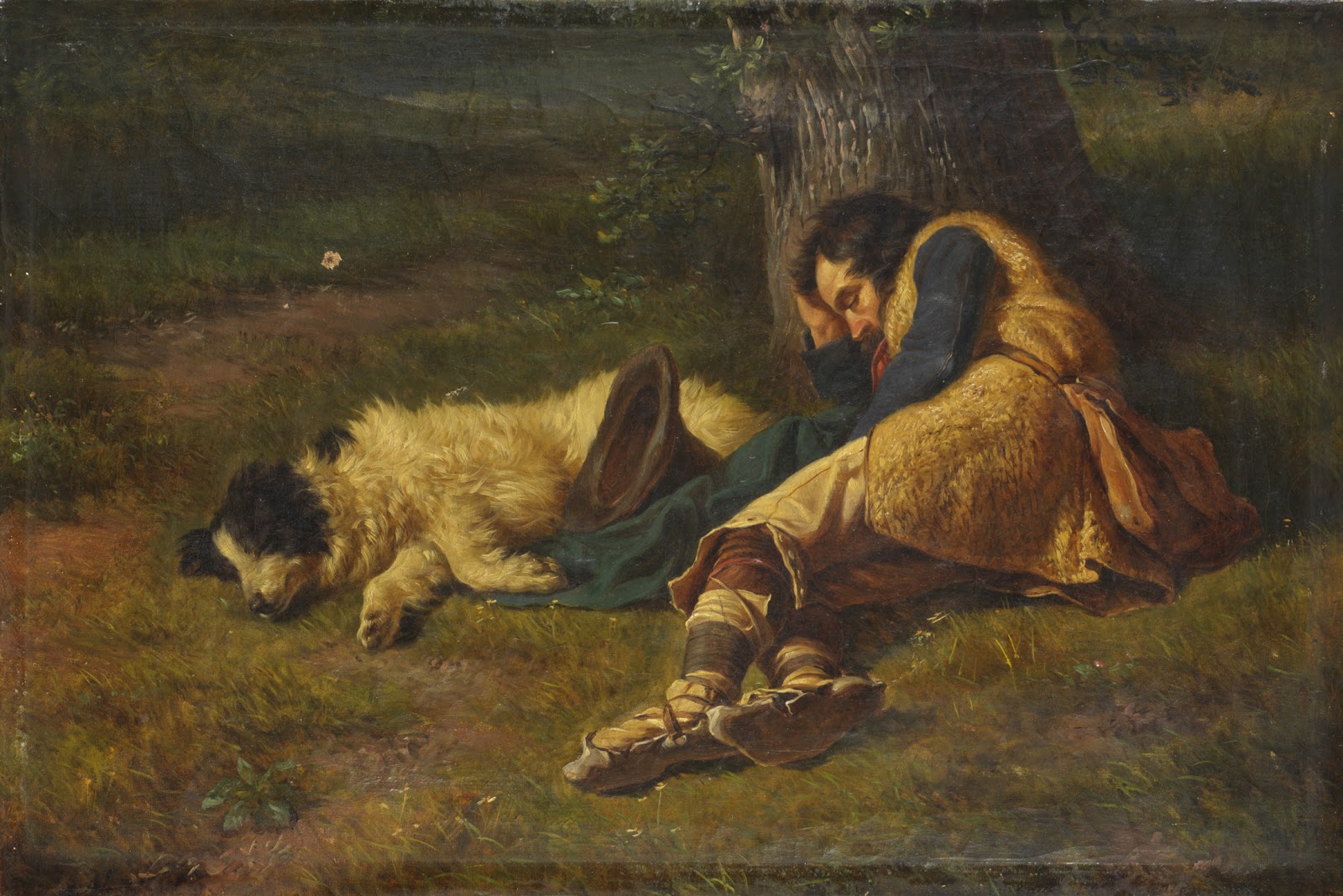Burden: "In painting my job is to peel away the never ending layers that describe us. Like the archeologist, I use hard won skills. But what I uncover has been waiting – forever. I've been sharpening my skills by drawing, painting, or designing just about every day for the past forty years, or more".
Visual arist P. John Burden is a classically trained Canadian and British subject. Burden's work includes original acrylic paintings, watercolour paintings, and traditional and modern artist’s prints.
His art is symbolic or surrealist, using representational skills from a lifetime of drawing, painting, design. John Burden also illustrates books for all ages and has work in collections worldwide.
Classically trained in printmaking and painting, etc, at City and Guilds, London, U.K. where he was awarded the rare Certificate of Exceptional Merit.










